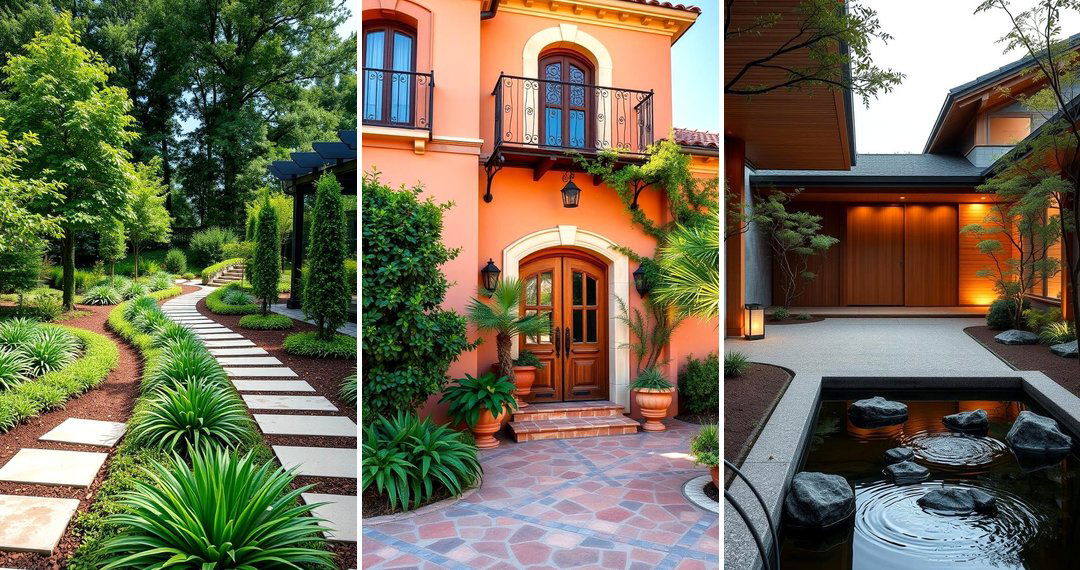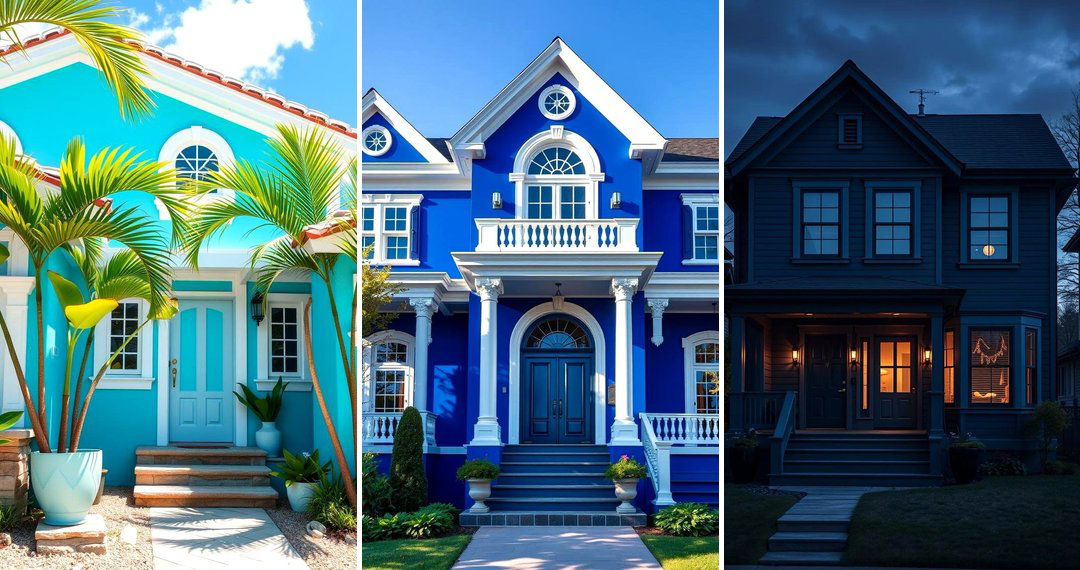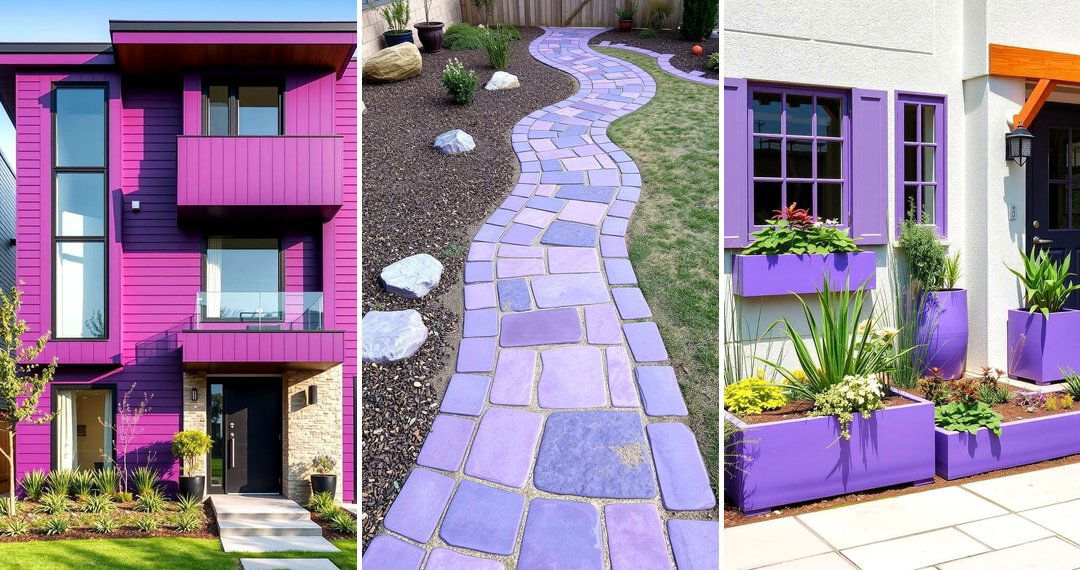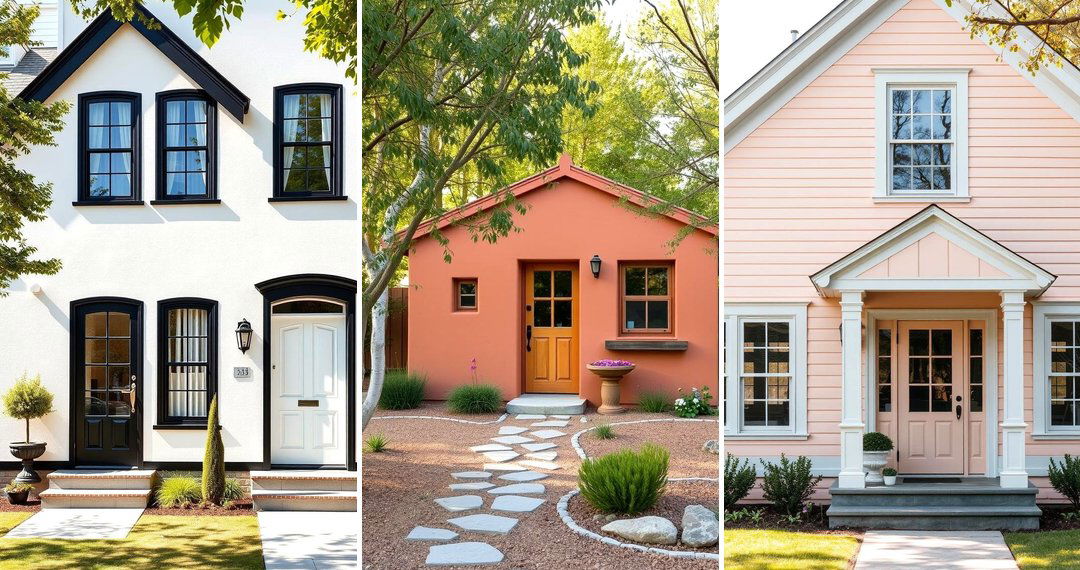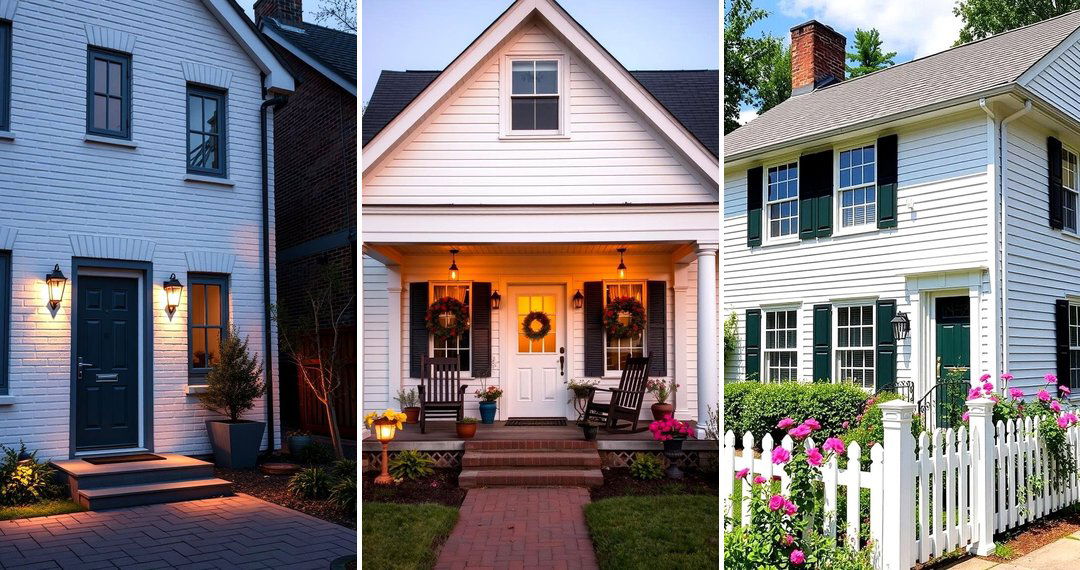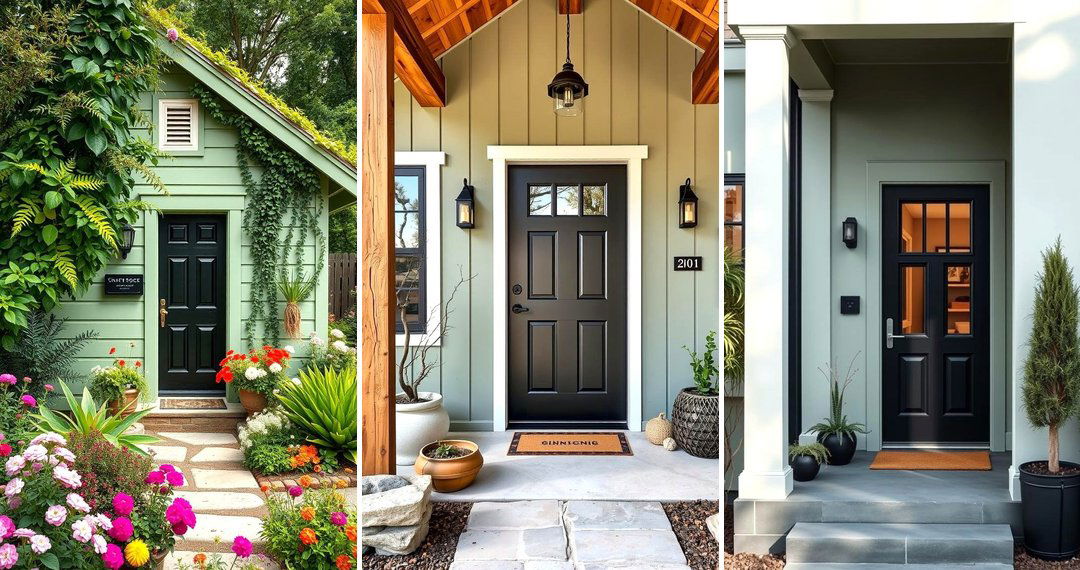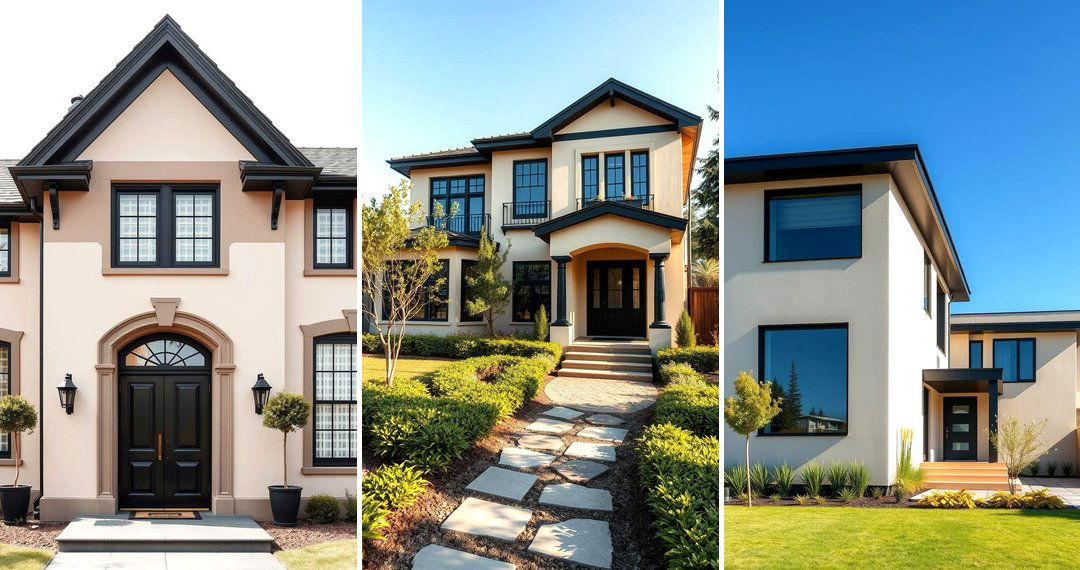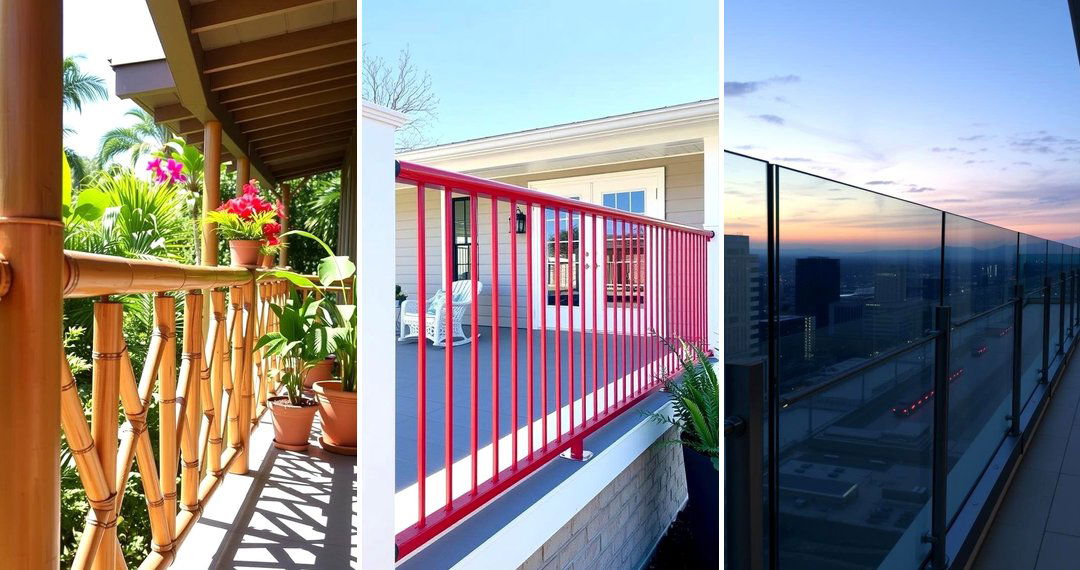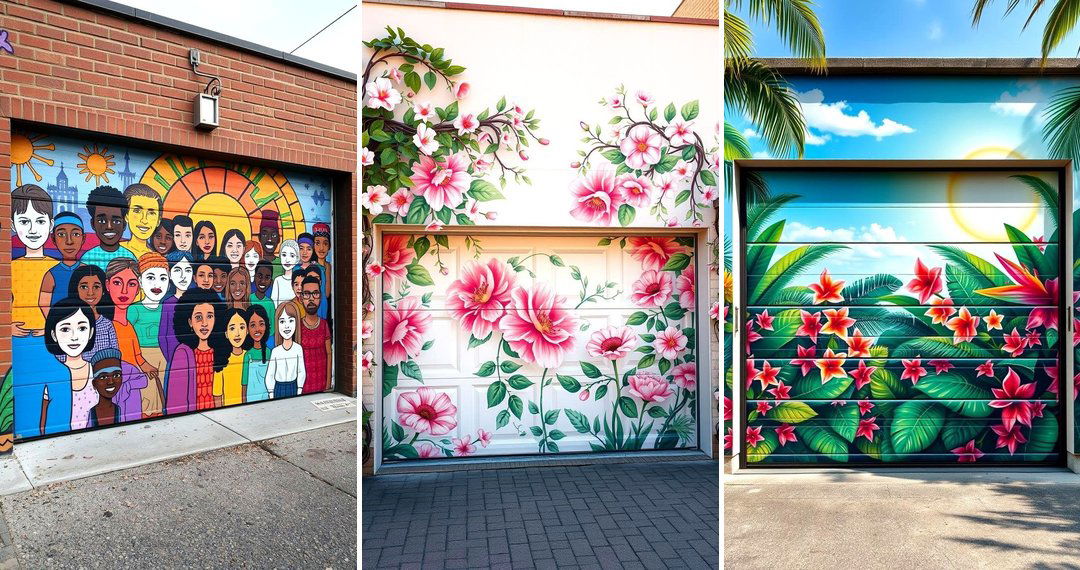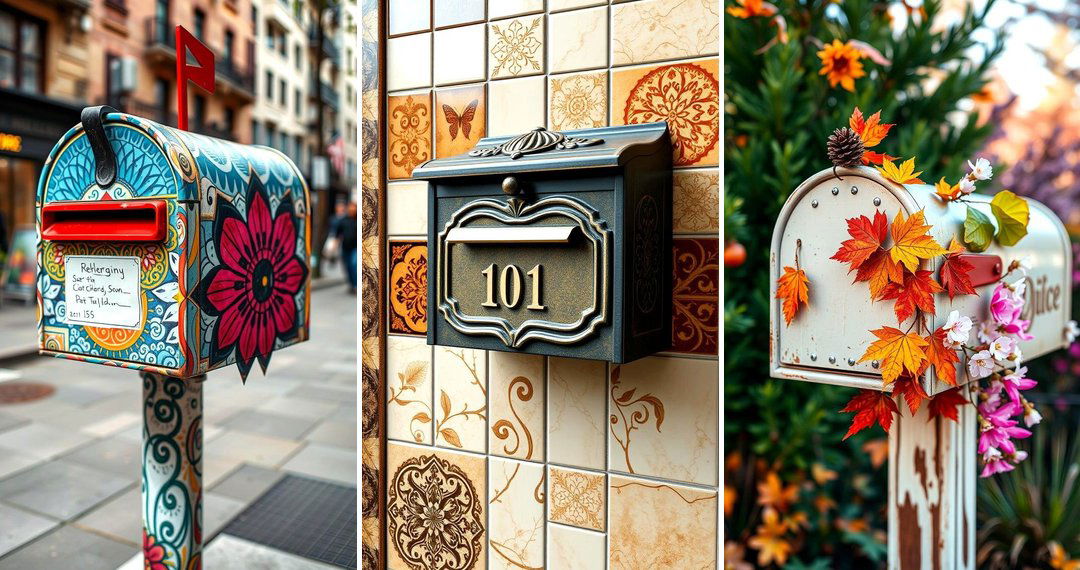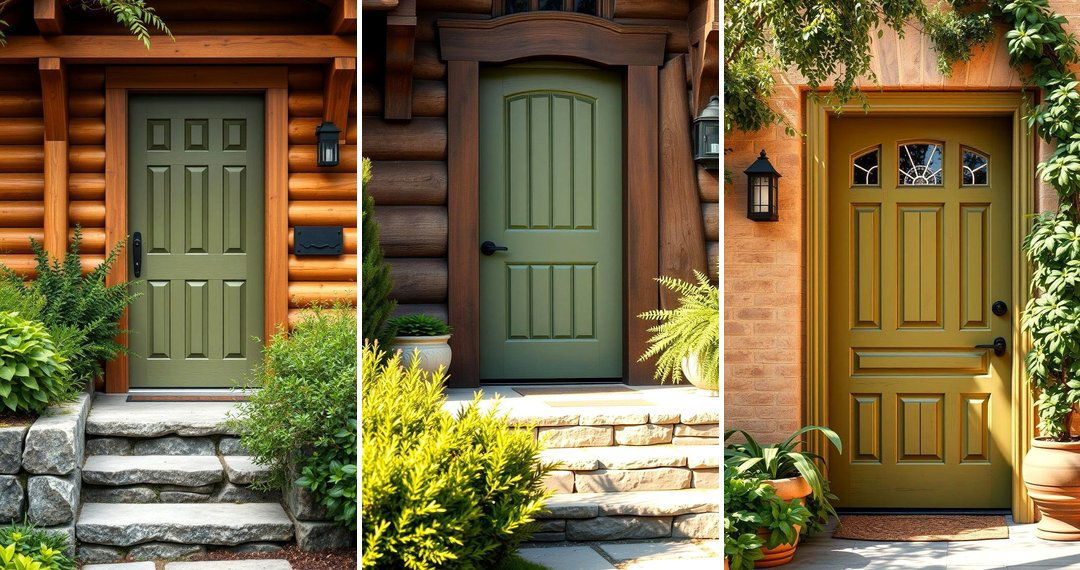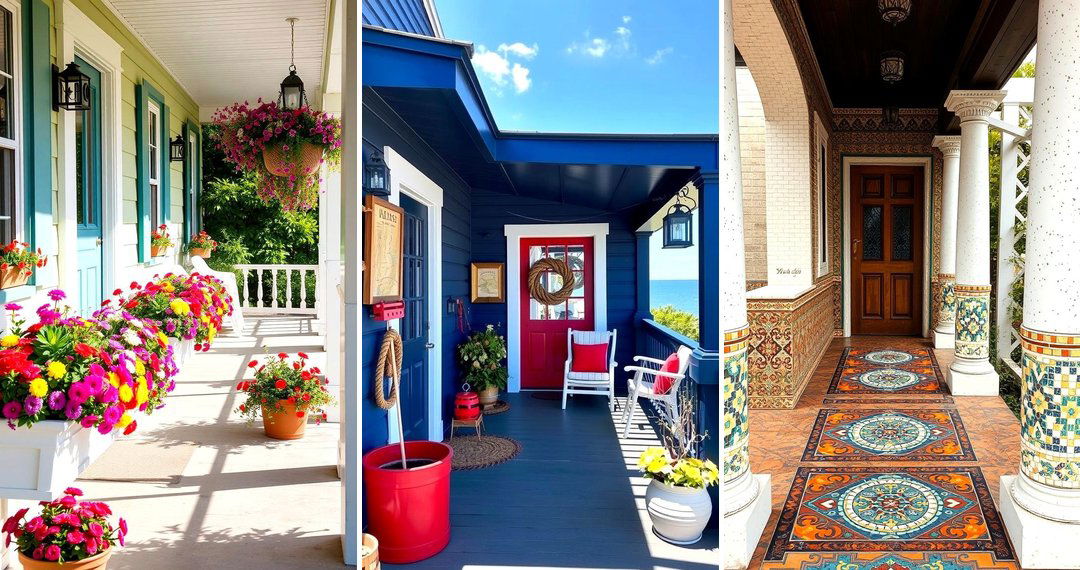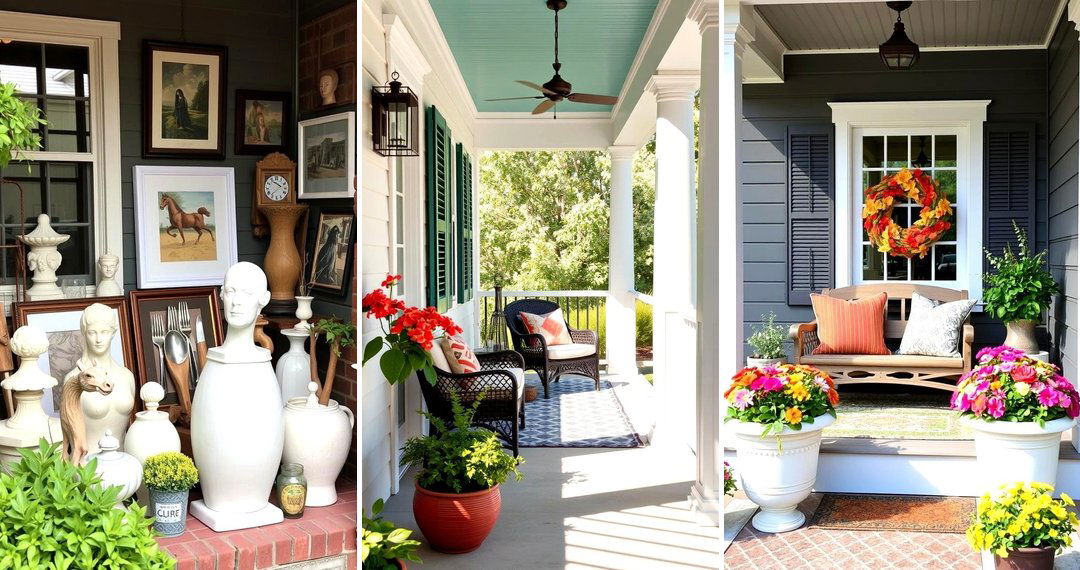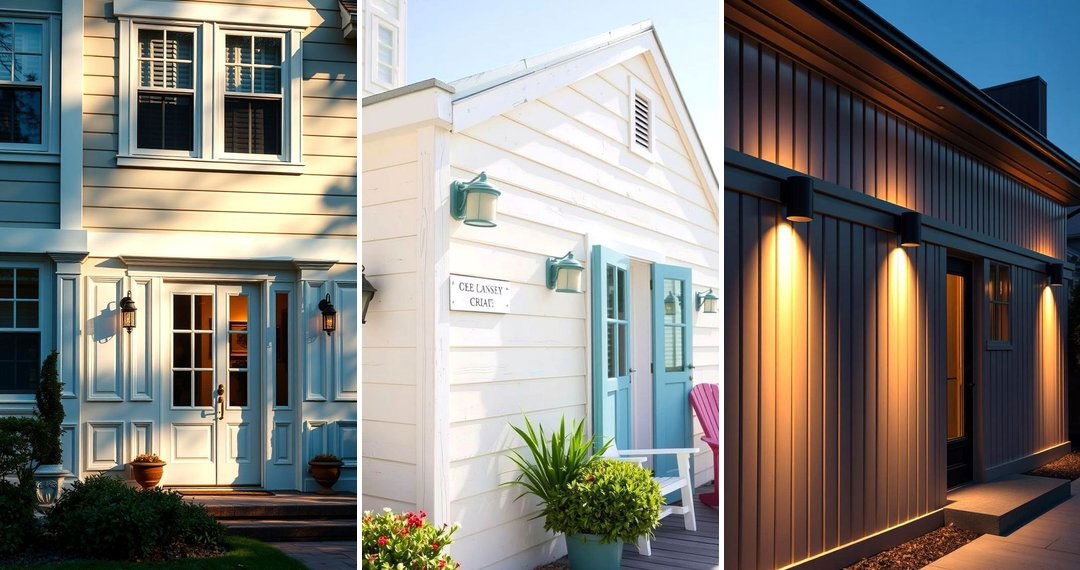Introduction
The 1980s were a transformative decade for home design, marked by bold architectural innovations and timeless aesthetic choices. Homeowners embraced a mix of eclectic styles, incorporating modern materials, vibrant colors, and unique finishes that became staples of the era. From Tudor-inspired cottages to sleek, minimalist facades, the 1980s brought new possibilities for creating eye-catching exteriors. Whether you're renovating an old house or simply drawn to the charm of 1980s design, these 24 1980s House Exterior Ideas offer fresh inspiration to rejuvenate your home’s curb appeal. Let’s dive into some of the best design trends from this unforgettable decade.

1. Tudor Revival Charm
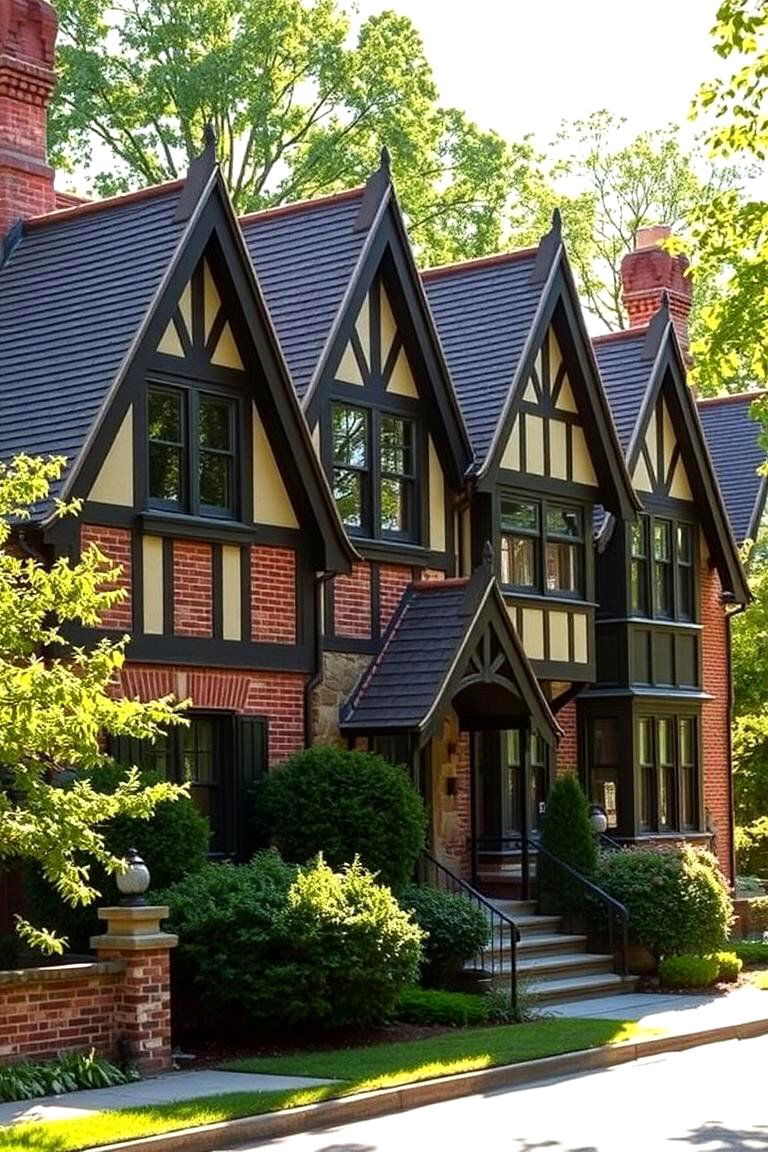
Stepping up to a home with Tudor Revival design instantly transports you back to a classic era. These homes often featured steep, gabled roofs, stone accents, and distinctive brickwork. The key benefit is the blend of old-world charm and functional design. The dramatic rooflines and cozy details make it an excellent option for homeowners looking for a timeless, regal appearance while still offering plenty of warmth and character.
2. Modern Ranch Style
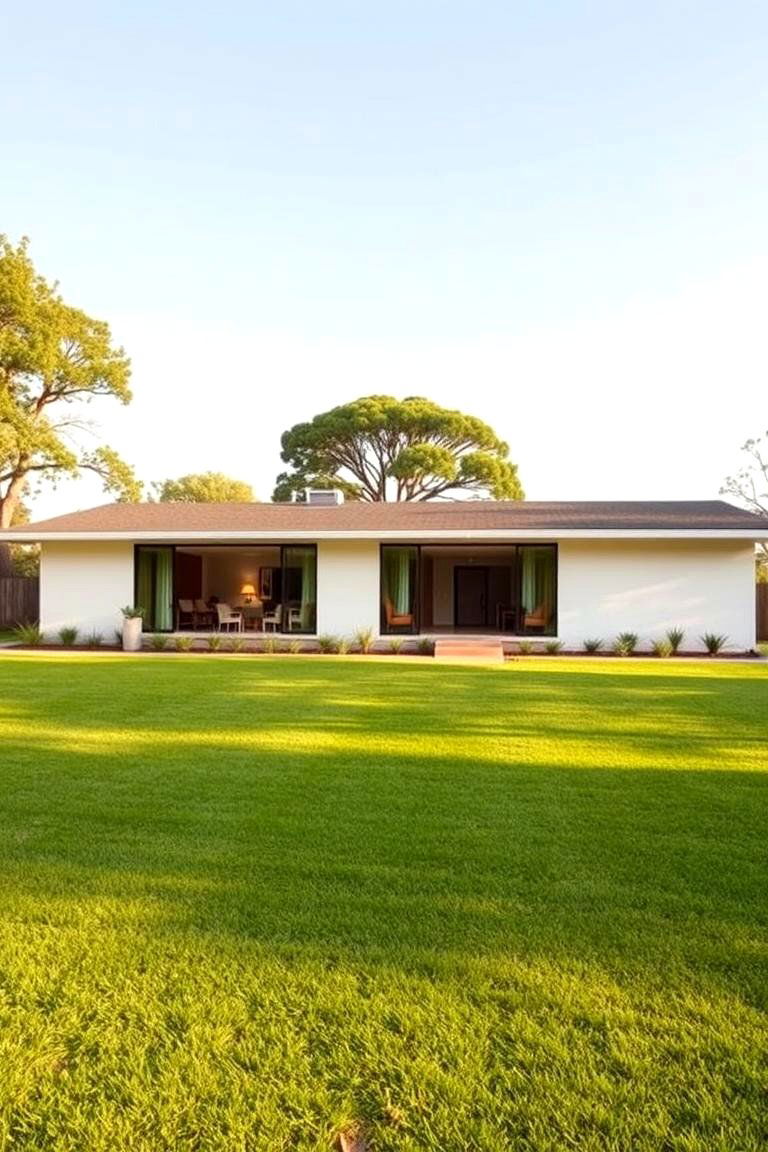
The Modern Ranch style of the 1980s transformed the traditional ranch design by integrating wide-open spaces and clean, sharp lines. The long, low profile of the house, combined with large windows, maximized natural light. One of the greatest advantages of this design is its ability to blend seamlessly with suburban landscapes while maintaining a sleek, updated look. Perfect for those wanting a low-maintenance, open-concept home.
3. Colonial Revival Elegance
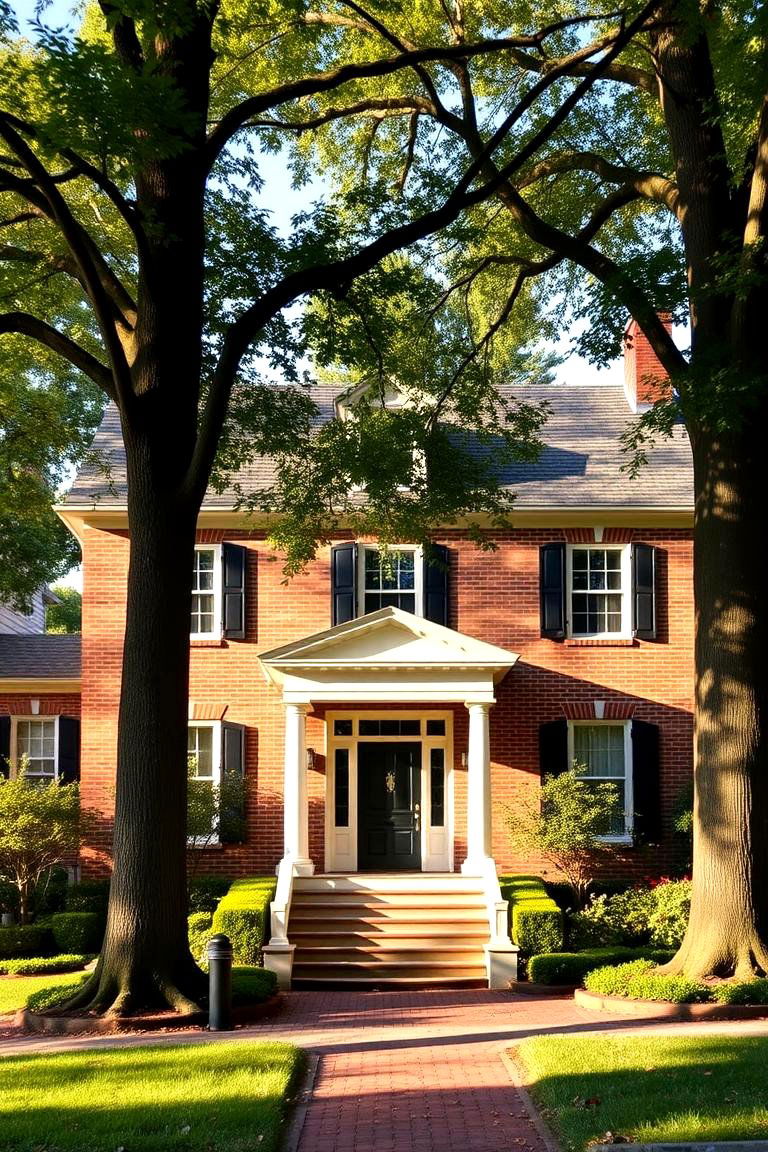
Colonial Revival homes from the 1980s balanced traditional and contemporary aesthetics. They often featured symmetrical facades, brick exteriors, and iconic gable roofs. The benefits of this style include its timeless elegance and the ability to easily integrate modern updates while preserving historical charm. This is the perfect option for anyone looking to make a bold yet refined statement.
4. Neo-Colonial Facade

A Neo-Colonial home updates the classic Colonial design with modern elements like sleek roofing materials, larger windows, and updated porch features. It brings the charm of the Colonial style into the 1980s with contemporary twists. The primary benefit is the ability to marry the best of both worlds – tradition and modernity – for a welcoming yet stylish exterior.
5. Mediterranean-Inspired Exteriors
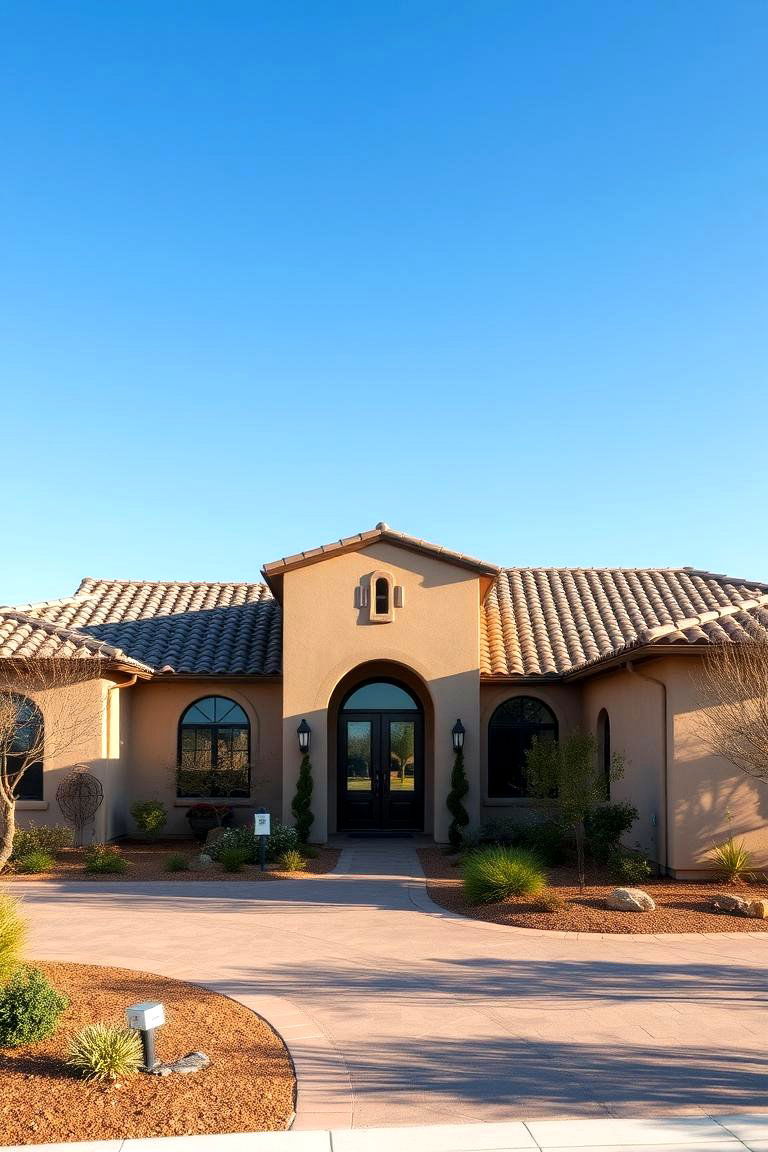
Mediterranean-inspired homes have a distinct appearance with tiled roofs, stucco walls, and archways that evoke the warmth of southern Europe. One of the most significant benefits of this design is its ability to create an exotic atmosphere that remains comfortable in warmer climates. The earthy tones and texture give a sense of relaxation and luxury, making your home feel like a vacation retreat.
6. Contemporary Minimalism
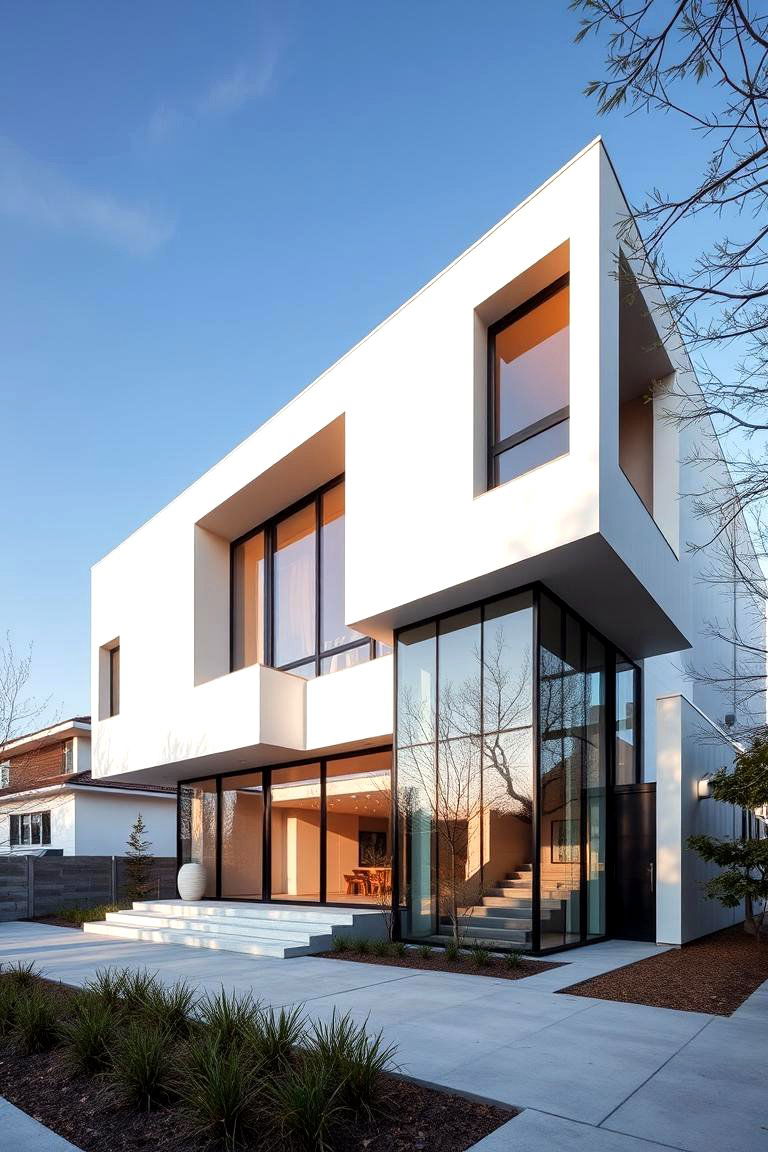
1980s contemporary homes emphasized clean lines, geometric forms, and expansive glass windows. The minimalist approach to exterior design was about less clutter and more focus on natural surroundings. A minimalist exterior brings a sense of calm and simplicity to a space, with large glass panels inviting outdoor views inside, making it perfect for nature lovers or those who appreciate sleek, modern architecture.
7. Split-Level Architecture

The split-level design became popular in the 1980s due to its efficient use of space. Homes typically had staggered floors with a garage or lower level partially embedded into the ground. The advantage here is that it provides separation between living spaces without sacrificing the open layout. It’s a smart option for those with sloped or uneven terrain, maximizing available square footage while maintaining an airy feel.
8. A-Frame Cabin Look
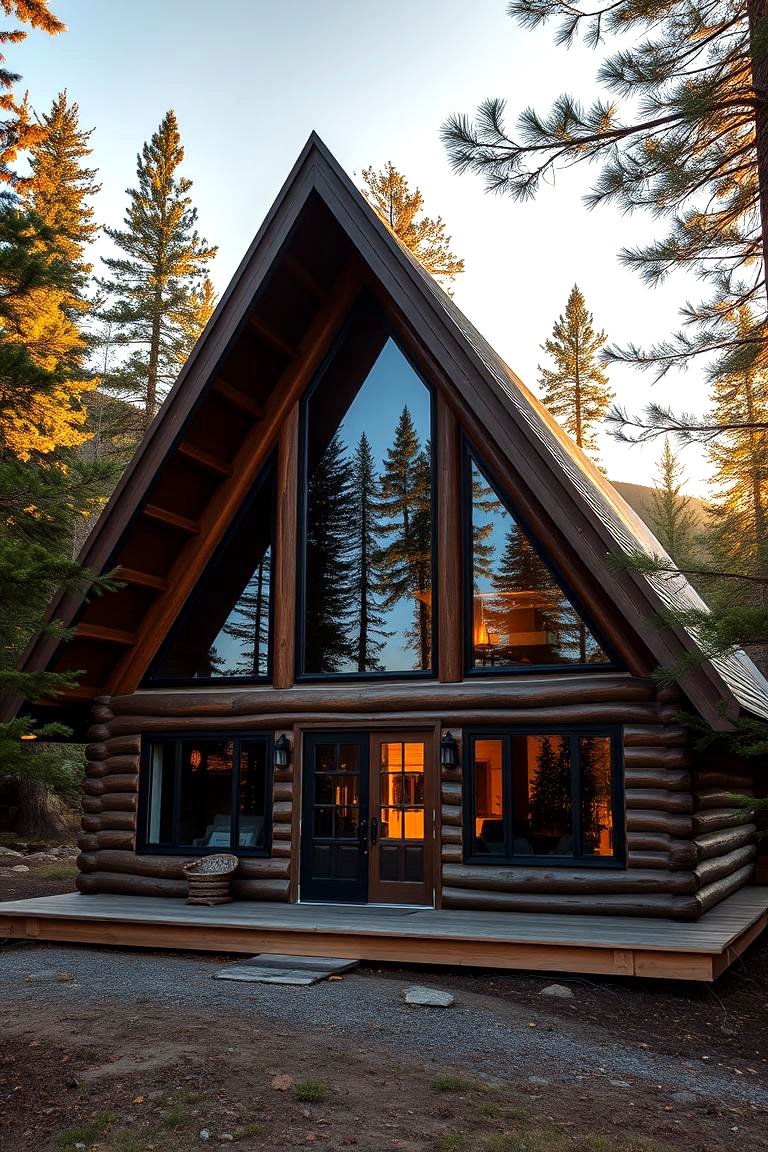
With its steeply pitched roof and simple silhouette, the A-Frame design evokes a cozy cabin aesthetic. It works especially well in wooded or mountainous environments. The benefit of an A-Frame is its ability to offer both simplicity and drama. Its triangular roof shape makes it ideal for snow accumulation in colder climates, and it allows for more open spaces inside, perfect for those who appreciate an open, airy home.
9. Earth-Toned Exteriors
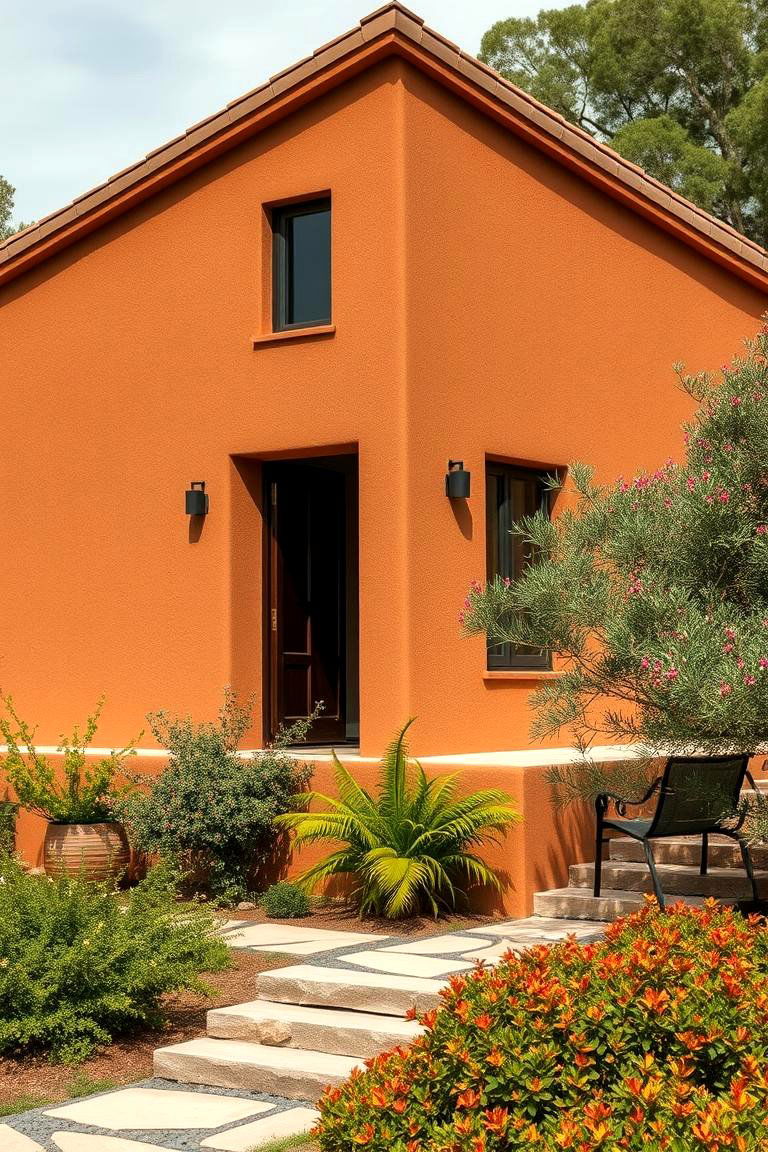
The earthy color palette became a hallmark of 1980s exteriors, blending shades of brown, terracotta, and muted greens. These colors not only grounded homes within their natural surroundings but also gave the house a warm, welcoming feel. The benefit of using these colors is that they can create harmony with nature while still providing the option to incorporate bold accent colors, allowing for versatility in design.
10. Craftsman-Inspired Details
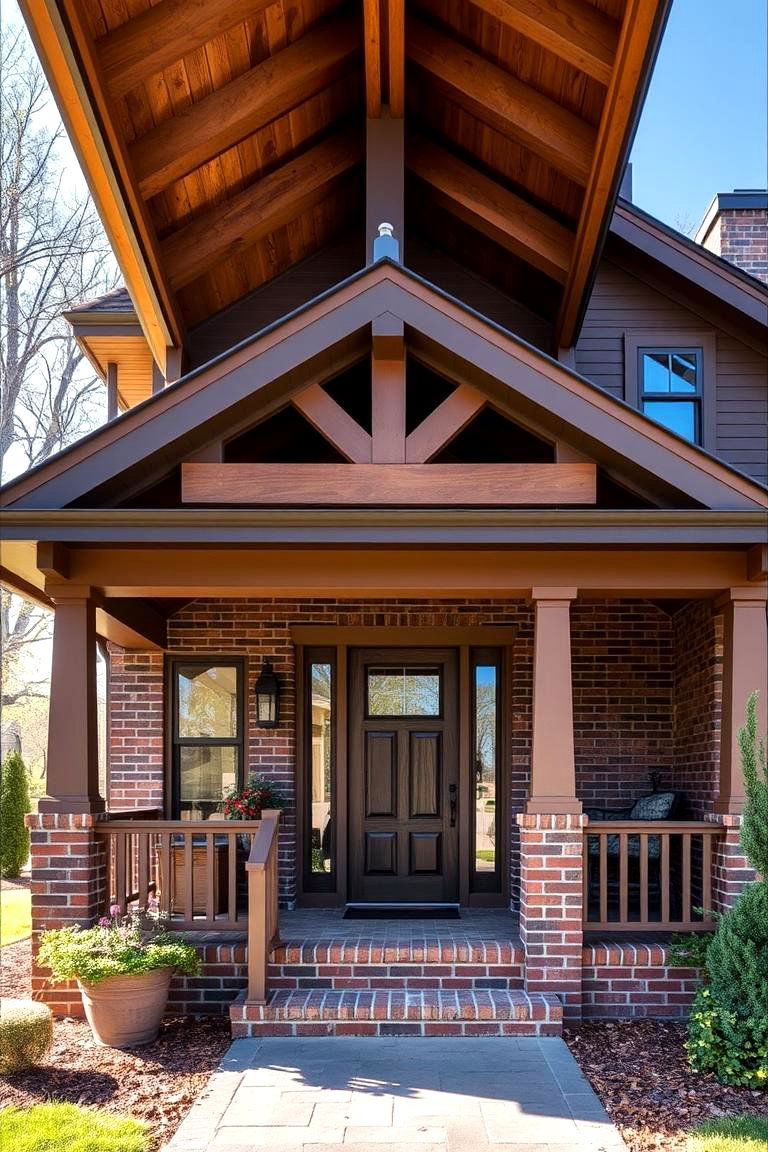
The Craftsman style of the 1980s focused on hand-crafted details, from exposed wooden beams to intricate brickwork. This style allows for the introduction of natural textures and craftsmanship, which can be particularly appealing for homeowners wanting a personal touch in their home’s exterior. The primary benefit is the customizability and timeless elegance of this style, bringing warmth and unique character to the home.
11. Traditional Cape Cod Style

The classic Cape Cod style is characterized by steep, sloping roofs, symmetrical windows, and simple, white-painted wood siding. Its beauty lies in its simplicity. The primary benefit is the efficiency of its design; it’s easy to maintain, while offering the quintessential coastal charm that can be enjoyed in both urban and rural settings. This style is perfect for homeowners seeking a clean, functional, yet charming exterior.
12. Rustic Log Cabin Appeal
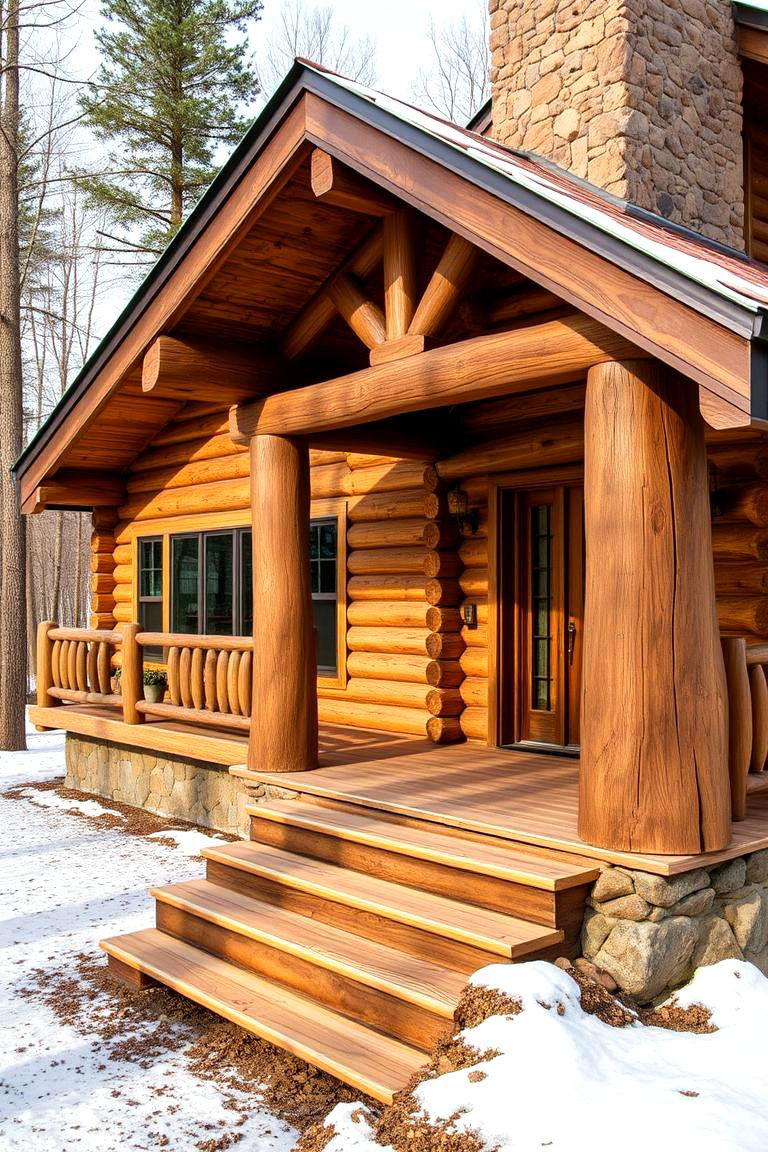
The rustic log cabin exterior was revived in the 1980s, reflecting a desire for retreat-like homes and connections to nature. The rough-hewn logs and natural finishes of a log cabin exterior give a home a sense of warmth and earthiness. The key benefit of this design is its natural insulation properties, ensuring energy efficiency while offering a cozy, secluded feel that’s perfect for those who want a quiet, rustic retreat.
13. French Country Styling

Inspired by the rolling hills of France, French Country homes are distinguished by their stone exteriors, steep, often crooked roofs, and arched doorways. This style creates an old-world charm that adds a sense of history to the home. The benefit is its ability to transform your house into a picturesque European estate, all while offering modern amenities for comfort and ease.
14. Colonial Revival with a Twist

While rooted in traditional design, Colonial Revival homes in the 1980s sometimes included modern materials like vinyl siding, aluminum windows, and more vibrant colors. This updated twist on a classic offers practicality and low maintenance while still delivering timeless elegance. The beauty of this style is the ability to seamlessly blend old and new without losing character.
15. Industrial Loft Aesthetic
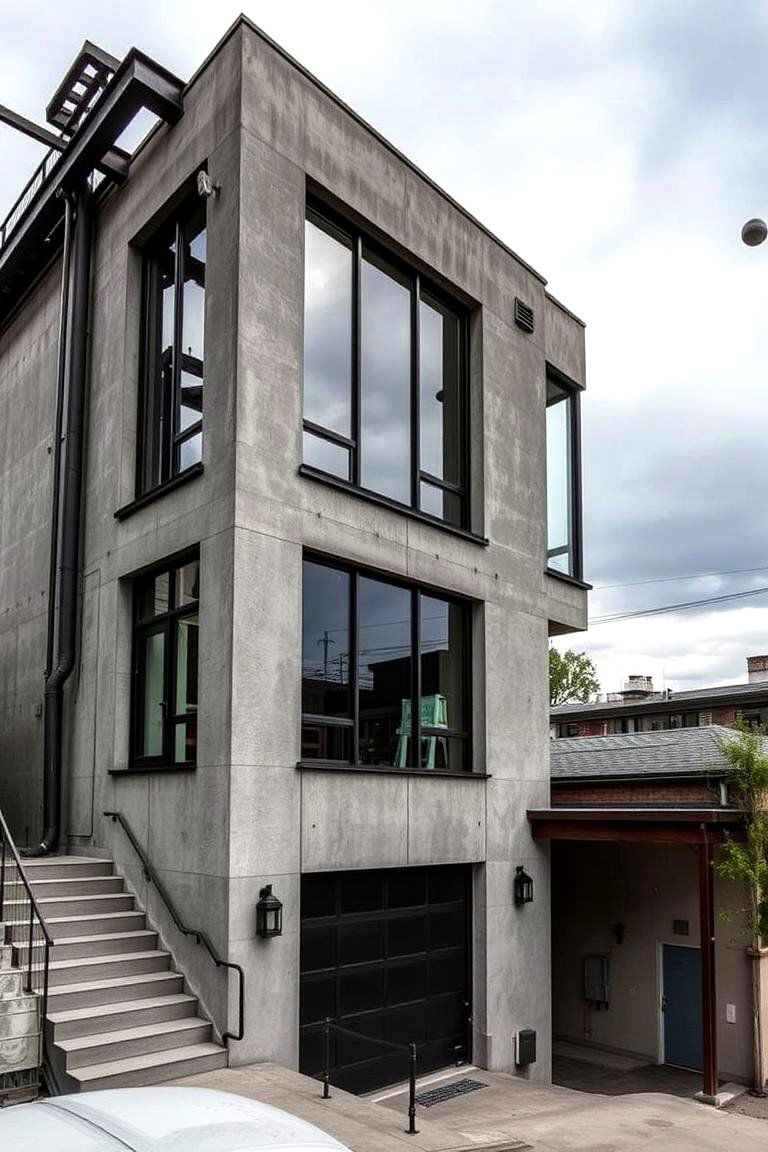
1980s industrial exteriors introduced elements like exposed steel, large windows, and raw concrete finishes, reflecting the urban loft movement. This aesthetic’s greatest advantage is its bold, no-nonsense approach to exterior design, appealing to those who appreciate an industrial yet sophisticated vibe. It’s an excellent choice for urban settings or anyone looking to add an edgy, modern flair to their home.
16. Bright and Bold Color Schemes
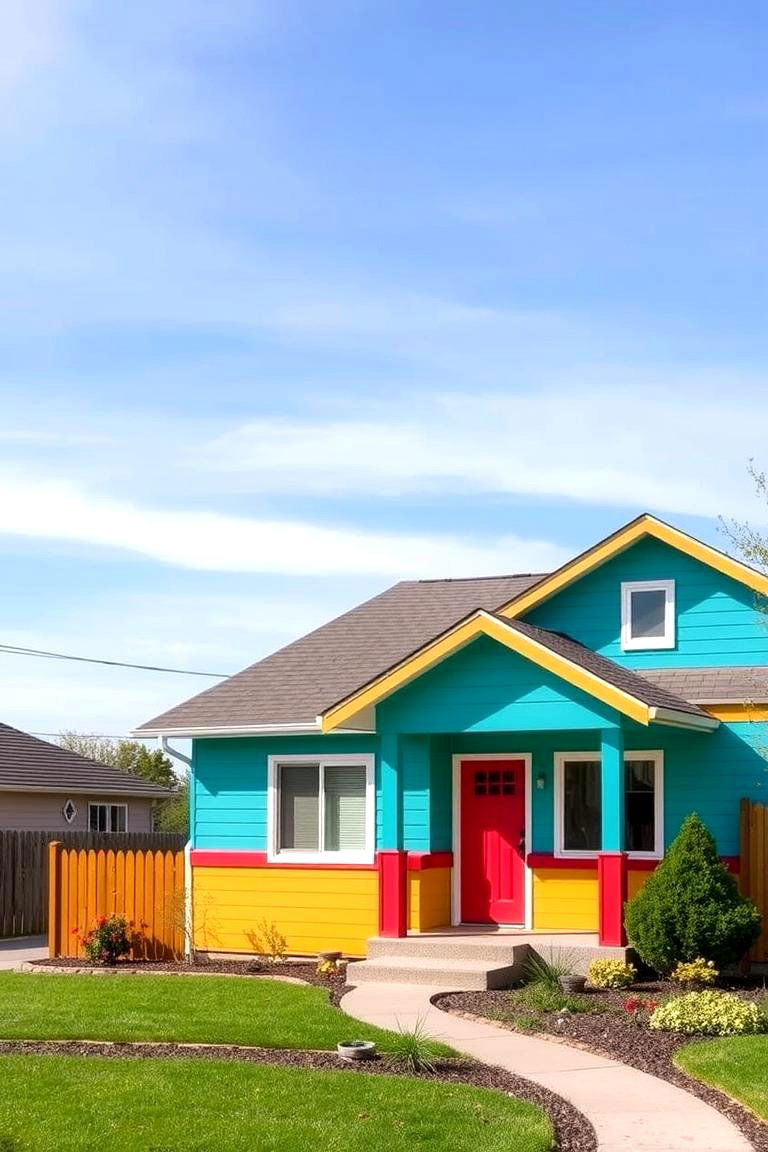
Vibrant hues like red, turquoise, and mustard yellow were a signature of 1980s exterior design. These bold colors helped make homes stand out, reflecting the energetic spirit of the decade. The key benefit is that bright colors can immediately give your home personality and a fun, modern touch. However, it's important to balance these colors with neutral tones to avoid overwhelming the design.
17. Neo-Gothic Detailing

Inspired by Gothic architecture, the 1980s saw a revival of dramatic detailing such as pointed arches, stonework, and intricate ironwork. This style evokes mystery and elegance, making it ideal for homeowners who want to make a strong, statement-making impression. The advantage of a Neo-Gothic home is its ability to combine beauty with the strength of structural elements, giving your house an air of timeless elegance.
18. Victorian-Influenced Design
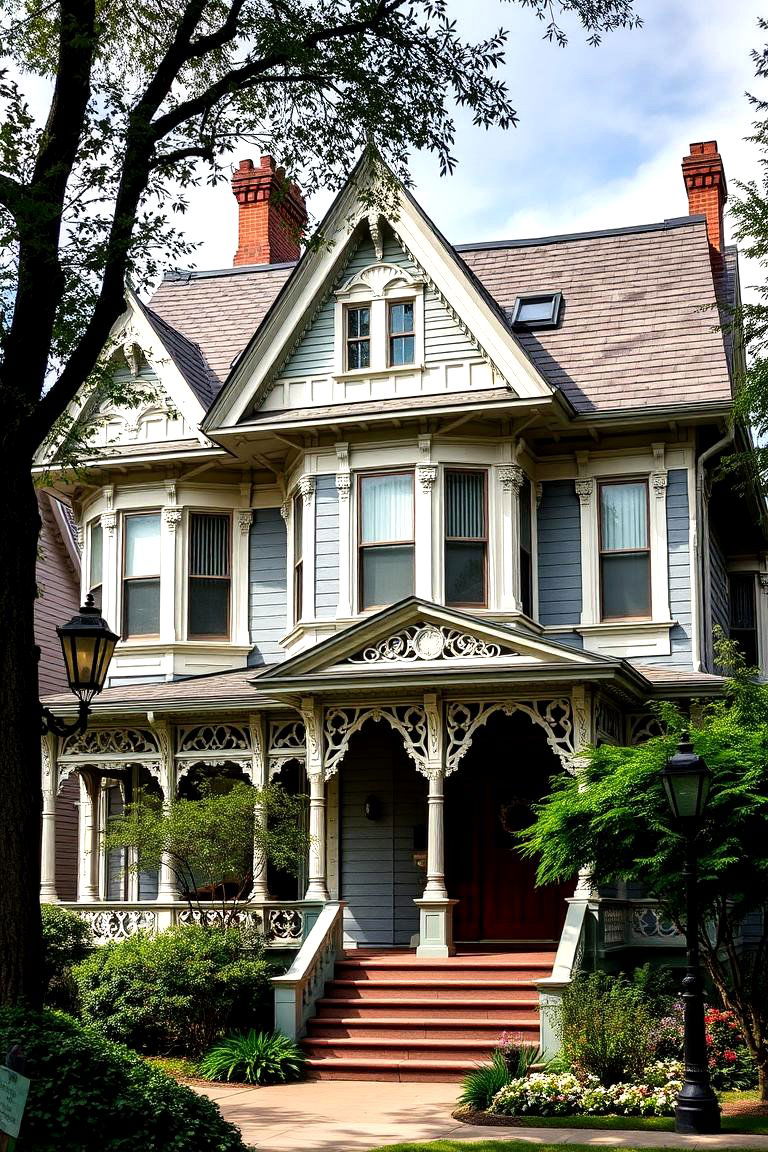
The Victorian-inspired homes of the 1980s focused on ornate detailing like decorative trim, steep roof pitches, and asymmetrical facades. This design brought a sense of grandeur to residential buildings. The beauty of the Victorian style lies in the mix of formality and elegance, offering homes with distinct features that stand out from the ordinary.
19. Traditional Brick Exteriors
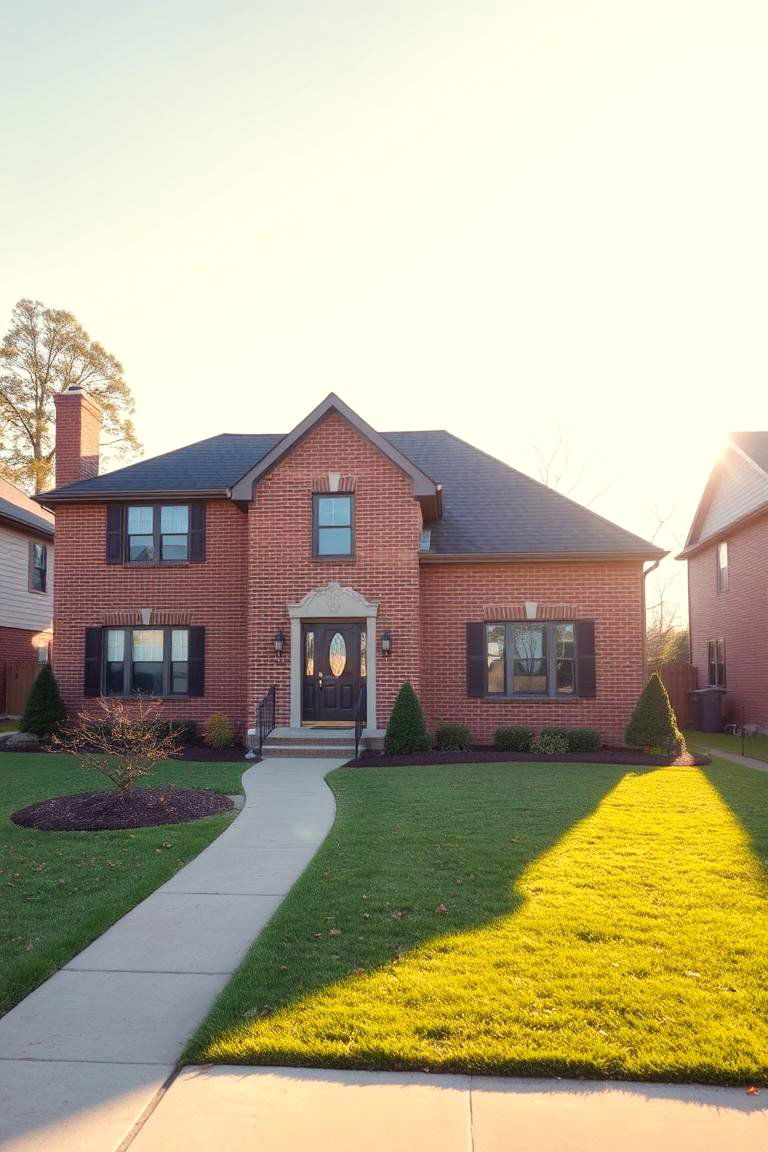
Traditional brick exteriors remained a popular choice throughout the 1980s. The benefits of brick are numerous: it’s durable, low-maintenance, and timeless. Brick offers insulation, soundproofing, and fire resistance, making it a great option for those looking for a long-lasting and reliable material for their home exterior. Additionally, its warm tones work with a wide range of architectural styles.
20. Colonial-Style Porches
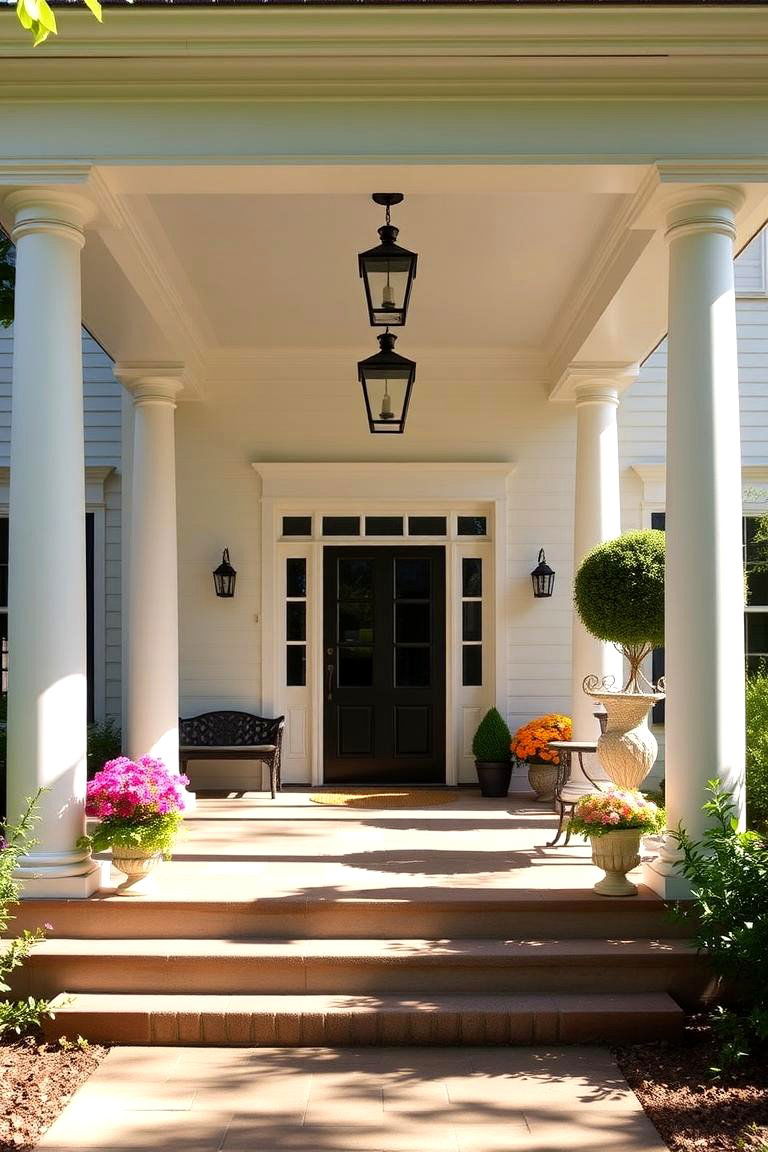
A Colonial-style porch typically features a large, welcoming front entry with classic columns and symmetry. It’s a great design for those who want to bring a touch of elegance and function to their exterior. The key benefit is its versatility—ideal for large homes but equally suited to smaller spaces. Plus, the porch offers both aesthetic appeal and a comfortable outdoor living area.
21. Mid-Century Modern Integration

The 1980s saw a blend of mid-century modern features with more contemporary elements. This included flat roofs, angular lines, and the use of innovative materials like steel and glass. The benefit of integrating mid-century modern elements is the ability to create a chic, minimalist appearance with a hint of nostalgia. It’s perfect for anyone who loves retro designs with a modern twist.
22. Eco-Friendly Exteriors

With the rise of environmental awareness, many homes in the 1980s began to incorporate eco-friendly design elements. Materials like recycled wood, natural stone, and energy-efficient windows were favored for their sustainability. The main advantage of this approach is that it not only benefits the environment but also lowers long-term energy costs for homeowners. It’s a stylish yet responsible way to enhance your home.
23. Shingle-Style Homes

The shingle-style home is marked by the use of wood shingles that cover the entire exterior, often creating a textured and layered look. This style emerged in the 1980s as a popular choice for coastal properties. The beauty of shingle-style homes lies in their natural appeal and durability, providing both a rustic charm and modern functionality, especially in wet climates.
24. Cape Cod Revival
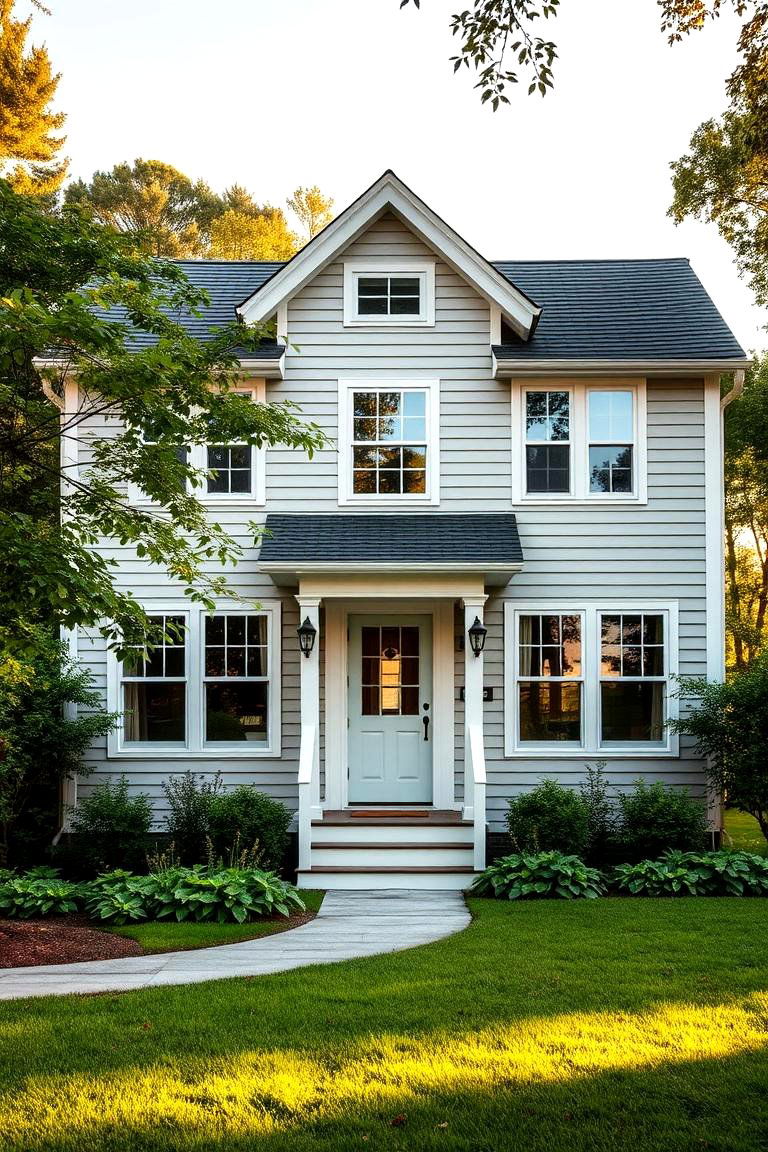
A resurgence of the Cape Cod style emerged in the 1980s, offering a modern twist on the traditional. These homes often incorporated larger windows, brighter colors, and updated materials like vinyl siding while keeping the simple, elegant look intact. The benefit of this design is its balance between simplicity and modern functionality, making it an easy choice for those seeking both charm and convenience.
Conclusion:
The 1980s were a defining decade for home exteriors, offering a wide range of architectural styles that blend timeless appeal with modern convenience. Whether you’re drawn to the rustic warmth of a log cabin, the sleek lines of minimalist design, or the cozy charm of a Colonial Revival, these 24 1980s House Exterior Ideas provide plenty of inspiration for every homeowner. Embrace the past while looking ahead to the future by incorporating these classic yet contemporary design elements into your home’s exterior.


